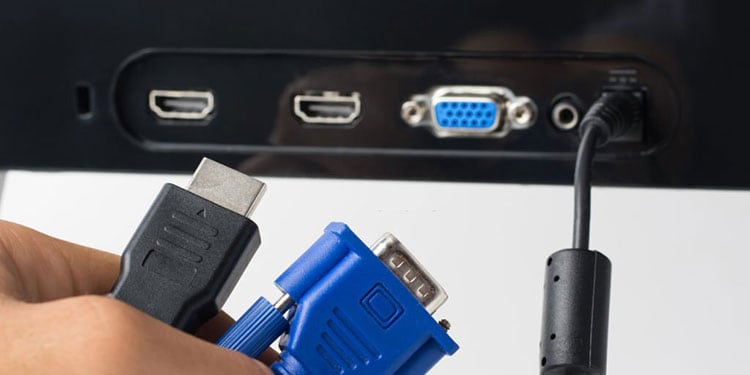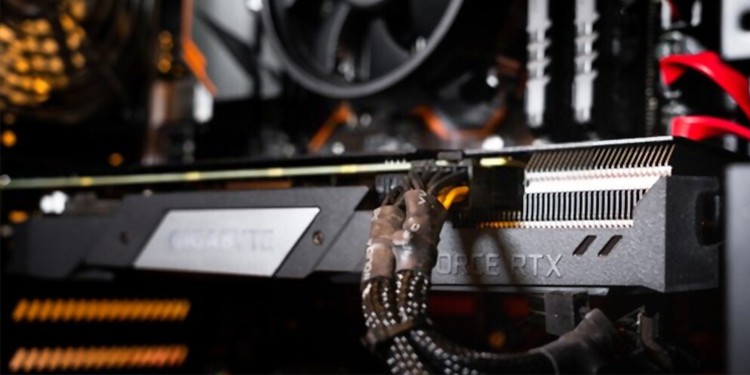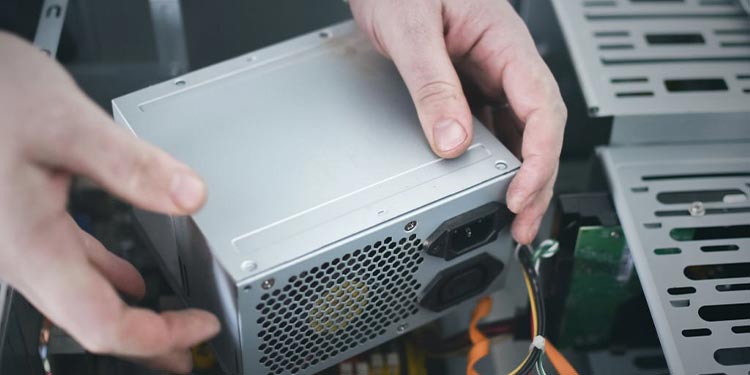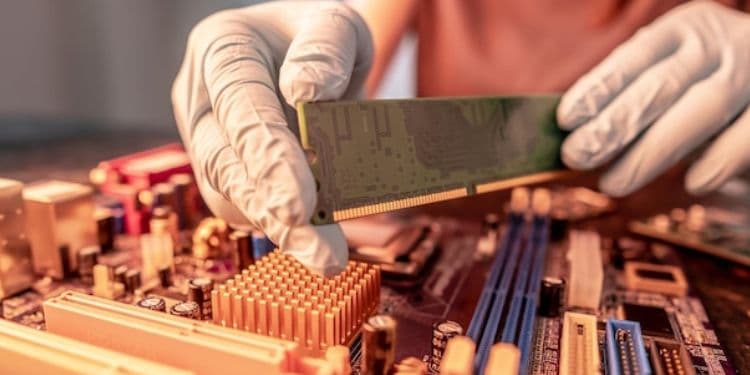While you can test your luck with simpler fixes like restarting your monitor or reconnecting the display cables, it might not always work. And the issue could be more grave than you think.Therefore, we suggest that you go through all methods mentioned in this guide to properly configure your Acer monitor.
Probable Causes of Acer Monitor Not Turning On
How Can You Fix Your Acer Monitor Not Turning on?
By now you might have gotten the gist of the situation, several things go into why your monitor is not turning on. As a starting point, you can try restarting the monitor to see if that works. If it does not work, you should go through the other options that are included in this guide.
Faulty power cords, display adapter.Missing/Outdated graphics drivers.Hardware-related problems.Missing Windows Updates.Faulty display screen.Incorrect Input Source.
You might also have to change the input source to the connected display port using the OSD(On-screen Display) menu.
Inspect Power and Display Cables
When your monitor starts to not function properly, the first things you should check are the display and power cords. These cables are what connect the monitor to your system and give it power.Therefore, you want to make sure that they are properly plugged in and not damaged. Follow along the steps to properly diagnose your cables for issues.If you want to do further troubleshooting with your cables, try and test the monitor with another set of cables. This way you can verify if they are at fault or not.But, before you go out and buy the new ones, keep in mind what specific cables your monitor uses. We do not want any problems to occur due to unmatching cables.
Inspect Your GPU
GPU(Graphical Processing Unit) is arguably the most vital component that is responsible for outputting content on your monitor. If they run into issues, it can lead to catastrophic damages. Therefore you should always make sure that the drivers to them are up-to-date.Furthermore, if you have a third-party graphics card installed, then you most likely have your monitor hooked into one of them. So, it is advised that you also inspect it and see for any damages or loose cables.Now, for the actual graphics card itself, when inspecting, make sure to have the utmost care. Even a small mistake can cause you irreparable damage.
Inspect Your PSU
While you are tinkering with your system, look into inspecting the Power Supply as well. The Power Supply Unit(PSU) in your system is responsible for providing power to all the other components so that they run properly. If your PSU does not have enough wattage to support the components, it can result in a range of problems including your monitor not turning on and so on. You can also inspect for other issues.If just in case there are any damaged cables, you will need to swap them out for new ones.
Troubleshoot Your RAM Sticks
RAM is the memory stick in your system that supports your everyday usage. It is a very important component for your system to run and function properly. A faulty RAM can be the reason why you are not getting any power in your monitor.Since it is a very important piece of hardware, you need to handle it with care while troubleshooting. Follow these steps that will show you how to properly troubleshoot it.Additionally, you can also cross-check with a different set of RAM sticks to verify. Keep in mind that different RAMs have different modules (Frequency, Size Capacity). If you can get the same set of RAM or one with the same specifications.
Update Important Drivers
If you are still not getting any display on your monitor, you should look into updating the drivers and also the Windows. Drivers for your system are important to keep it running smoothly. Corrupted/missing drivers are known to cause problems within your system.To update graphics drivers, follow these steps:You can also head over to the manufacturer’s site for your GPU and download & install the latest drivers from there.Specifically, Acer Monitors have drivers that you can download. It helps your monitor to work the way it is supposed to and promotes better functionality in the long run.
Update Windows
Updating Windows helps keep your system up-to-date and fixes minor glitches within the system. In many instances, it has been found to solve the issue with your monitor. Here’re the steps to update your Windows:After you have done all the steps, Restart your system and reconnect your monitor to see if the issue persists.
Troubleshoot the Monitor
If your monitor is still not turning on after trying all the fixes, then you will want to diagnose the monitor itself.If there are no physical damages done to it, then the problem might be on the inside. We would suggest that you take it to a PC expert for further diagnosing. Opening up the monitor can void its warranty period and damage can be dealt with if you do not know what you are doing.















